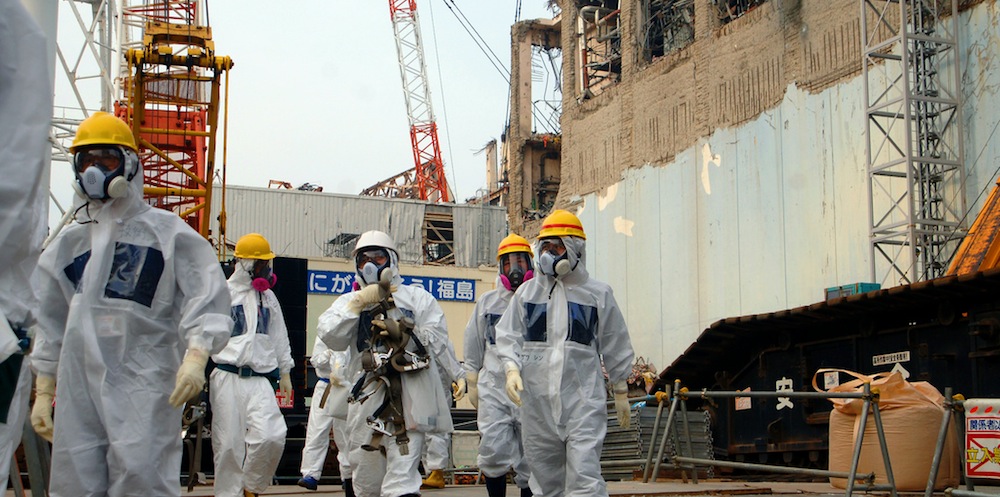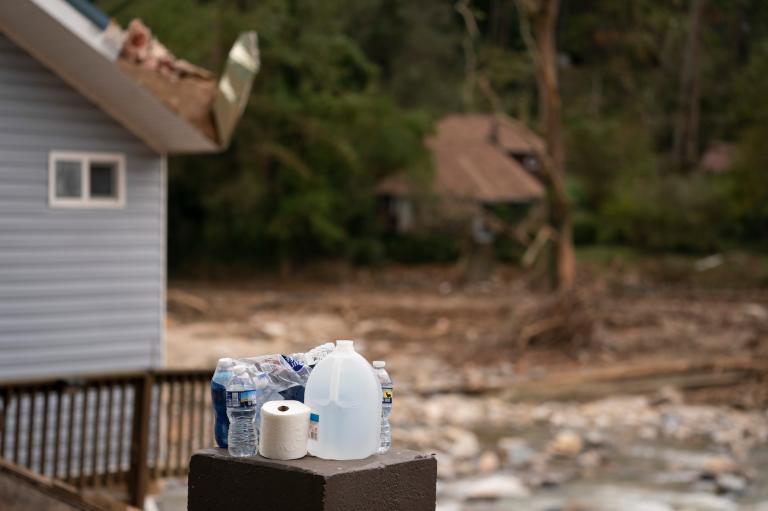Five years ago this Friday, a magnitude 9.0 earthquake off the coast of Japan triggered a massive tsunami that reached heights of 50 feet and traveled six miles inland. The quake moved the main island of Japan 8 feet to the east and shifted the Earth on its axis. An estimated 18,000 people died.
That was the “natural” part of this disaster. What happened next was made exponentially worse by the human: Flooding from the tsunami led to power failures at the Fukushima Daiichi Nuclear Power Plant, which led to a now-infamous meltdown. Over 150,000 people fled their homes, and over 100,000 of those have yet to return, many out of fear of radiation poisoning. Much of the land will be uninhabitable for generations. As Japan marks the anniversary, you might think: Could it happen here?
That depends on who you ask.
In 2012, the American Nuclear Society’s Special Committee on Fukushima called the disaster a “complex story of mismanagement, culture, and sometimes even simple errors in translation.” In other words, it was human error. Experts from the Carnegie Endowment’s nuclear program agreed, writing in The New York Times that Tokyo Electric Power (Tepco), the plant’s owner, had been negligent: “Had Tepco and the nuclear safety agency followed international standards and best practice, the Fukushima accident would have been prevented.”
The Special Committee was optimistic about such a thing never happening in the United States. After a 30-year hiatus in nuclear plant construction, there are currently five reactors being built in the U.S, and they will be equipped with safety features that should prevent what happened at Fukushima.
But there are 99 existing reactors in the country that can’t be retrofitted with such features. David Lochbaum, a former nuclear industry whistleblower and director of the Nuclear Safety Program for the Union of Concerned Scientists, writes that “if exposed to similarly complex challenges, all 99 operating reactors in the United States would likely have similar outcomes. Worse,” he continues, “Japanese and U.S. regulators share a mindset that severe, supposedly ‘low probability’ accidents are unlikely and not worth the cost and time to protect against.”
Lochbaum and other scientists have also raised concern about a design flaw, reportedly present in almost every nuclear plant in the country, that could impact the emergency core cooling systems and lead to Fukushima-like meltdowns. In early March, the group petitioned the Nuclear Regulatory Commission to either immediately either fix the problem or shut down these plants. The industry did neither.
Of course, the United States isn’t Japan. Japan is located in the Pacific Ring of Fire, an area of intense seismic activity. As many as 1,500 earthquakes are measured there each year, and the frequent underseas earthquakes make the island nation vulnerable to tsunamis. But even if earthquakes are less common in the U.S., there are plenty of other natural disasters to worry about.
Take floods. Because nuclear reactors require water to operate, they’re often built in close proximity to lakes, rivers, or — in Fukushima’s case — the ocean. A dam burst upstream of a nuclear facility could cut off the power supply — which is exactly what happened in Fukushima. In 2009, the U.S. Nuclear Regulatory Commission found 35 reactors across the U.S. were vulnerable to flooding. That’s 35 potential disasters.
So could Fukushima happen here? Yes, it probably could. Nuclear energy is inherently dangerous. Even when sites are decommissioned, they require massive cleanup — and it’s massively expensive. After Fukushima, the Nuclear Regulatory Commission ordered nuclear facility owners to improve safety and expand protections by December of this year. Let’s just hope the big one doesn’t hit before then.


